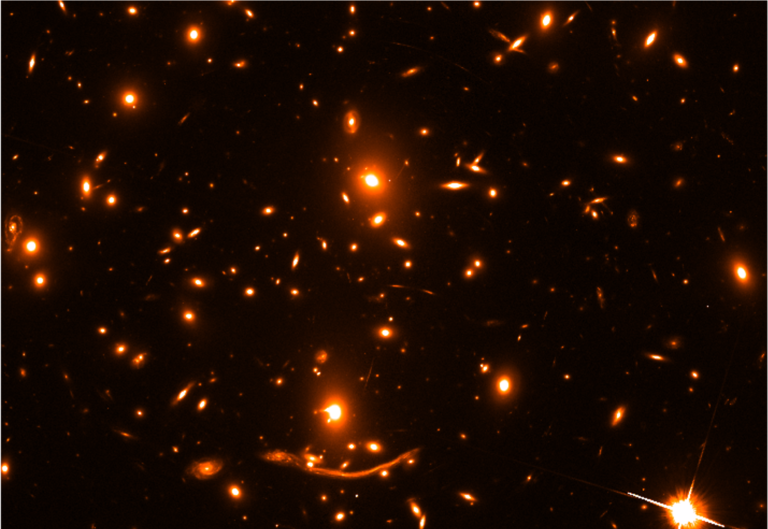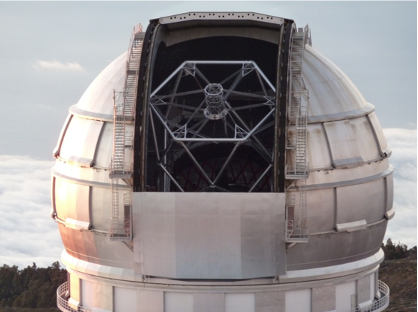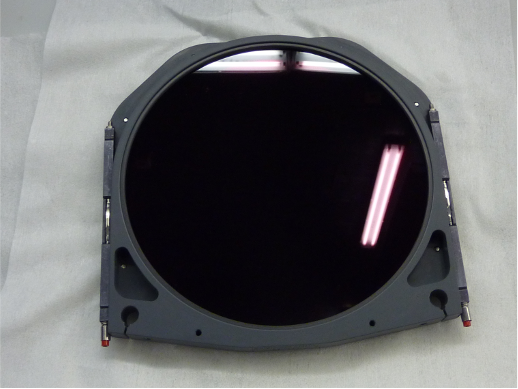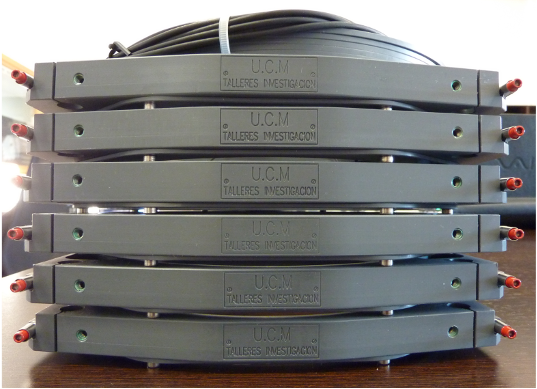PGC2018-093499-B-I00
Project webpage: https://cab.inta-csic.es/users/pgperez/SHARDS/
Principal Investigator: Pablo G. Pérez González
PhD student: Ángela García Argumánez (UCM)
We applied for funding to investigate the formation and evolution of Milky Way-like or more massive galaxies. This work is based on 2 highly interconnected projects that take advantage of the exploitation of 2 unique observatories: GTC and JWST.
The unique and extremely competitive nature of our project is justified not only by the use of these 2 unique observatories, but also because we will analyse data from 2 surveys that have been approved as Legacy Programmes because of their innovative strategy and their usefulness for a wide variety of topics within Extragalactic Astrophysics. More specifically, this proposal is based on 2 projects that are unparalleled in the world and that have as co-I’s some of the most renowned experts in the field of galactic evolution. The first of these observational projects is the only GTC-approved Large Program, SHARDS Frontier Fields, which inherited the ESO/GTC Large Program SHARDS strategy, both adding more than 500 hours of guaranteed GTC time in exceptional atmospheric conditions (in terms of seeing and transparency). In addition SHARDS is being extended into the infrared with the NIRSH project. The second legacy programme is in fact a combination of 2 different surveys (using several instruments) that have already been approved to use JWST. More specifically, we will look at preparing the observations of 1 of the 13 “Early Release Science” projects that were approved in 2018, CEERS, and the Guaranteed Time granted to the European Consortium Science Team that has built MIRI.
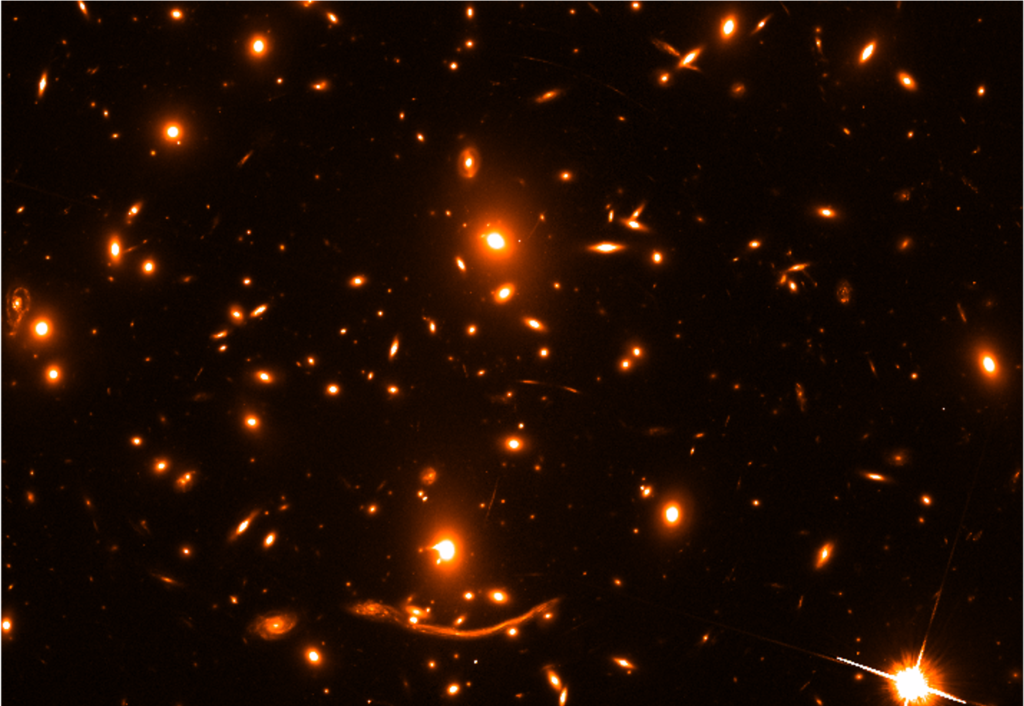
Among the many scientific topics that can be addressed with the data from these surveys, in this call for funds we intend
to focus on the analysis of the unique data from GTC and JWST for a very specific topic: the formation and evolution of the most massive galaxies in our environment, those with masses similar to or greater than that of the Milky Way, over the last 13 Gyr.
(0






